Goblin Shark

The goblin shark is not something you want to fight. These fish have retractable jaws that allow them to detach their mouths in order to latch onto their prey.
Little else is know about them because so few have been caught by humans, which is probably for the best.
Black Dragonfish
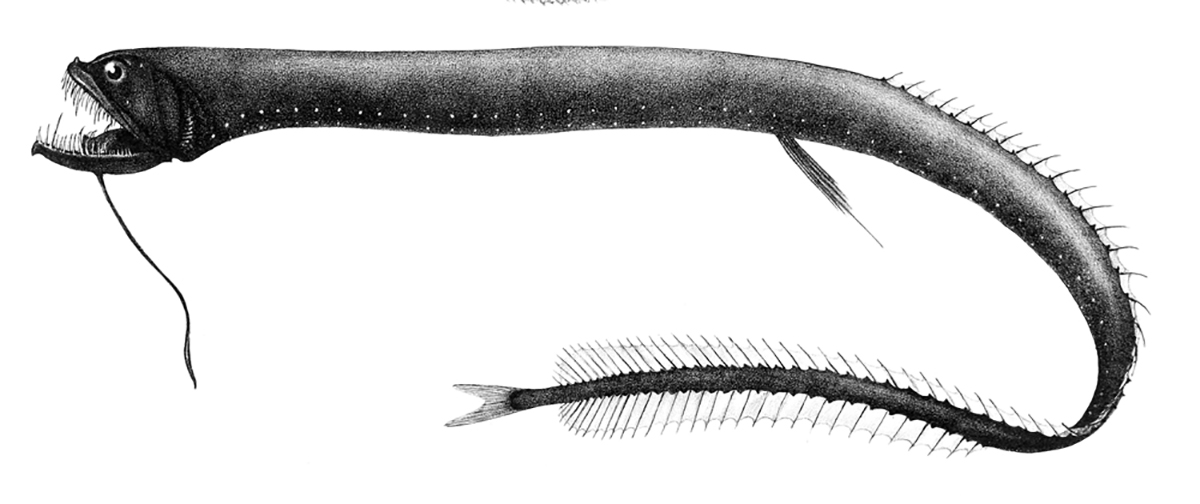
Like many other creatures in the deepest regions of the ocean, the black dragonfish contains bioluminescent properties, meaning that it can create light.
The females bear a resemblance to the creatures in the Alien movies, with its razor-sharp teeth and its dead eyes. It is no wonder how it got its name.
Gulper Eel
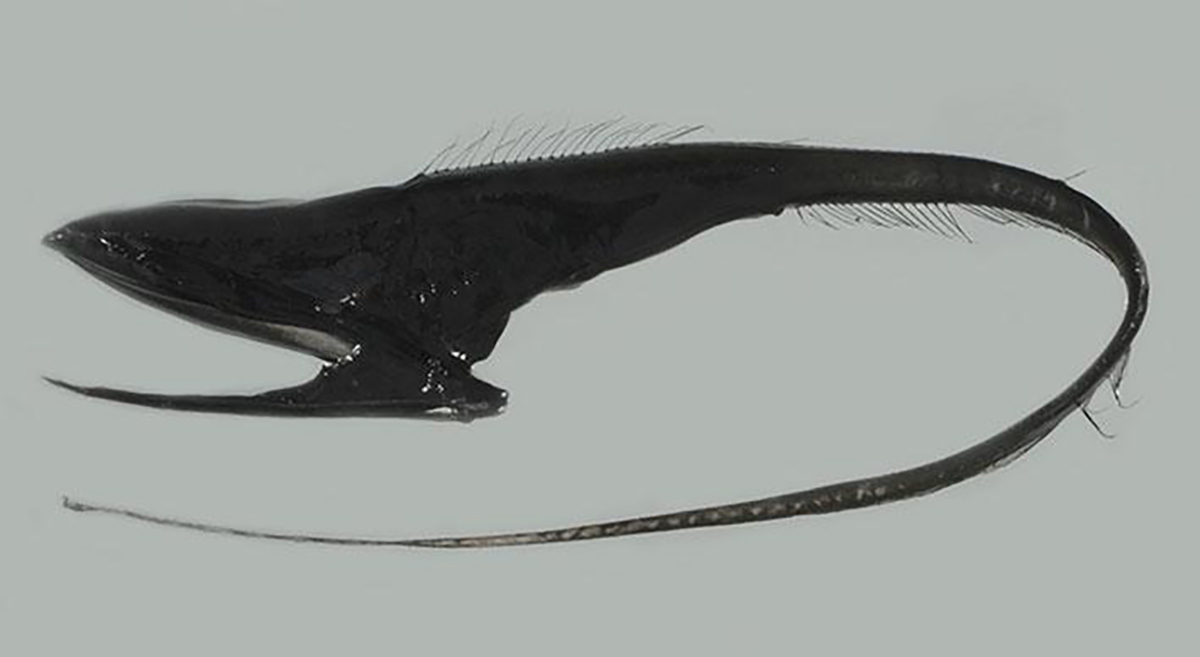
Because of its large mouth, the gulper eel is also referred to as the “pelican eel.” The gulper eel is able to open its wide jaws and swallow prey larger than itself.
These mysterious death traps live more than 2 miles below the surface and grow to an average of 6 feet in length.
Giant Isopod

The giant isopod crawls along the ocean floor, and because of its isolation in the deepest depths, this creepy crawly has remained relatively unchanged for thousands of years. These crustaceans have the appearance of oversized lice.
Though they are typically scavengers, giant isopods sometimes capture their prey in their claws. One has even been filmed unaliving a dogfish shark, proving once again that the ocean is a terrifying place.
Northern Stargazer

The northern stargazer’s eyes and mouth are located on the top of its head, so it can bury itself in the sand and jump out to catch unsuspecting fish that swim past its hiding spot.
The stargazer is also capable of producing an electric current, which it uses to administer lethal shocks to its victims. You do not want to accidentally step on one of these.
Vampire Squid
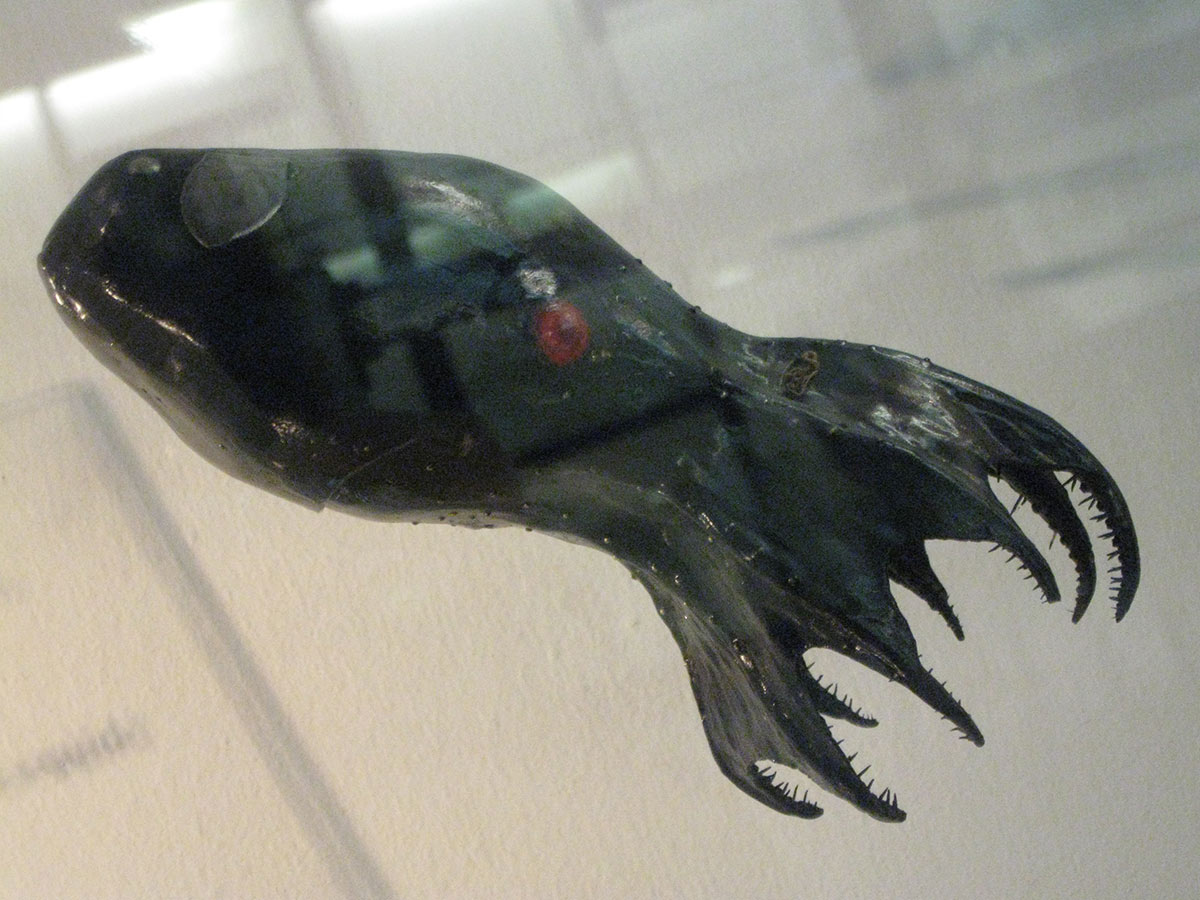
In proportion to its body, the vampire squid has the largest eyes of any animal in the world. Its movement is propelled by its umbrella-like tentacles.
This fleshy cloak and big red eyes are what gave the vampire squid its name, rather than sucking the blood of its victims. Creepy nonetheless...
Frilled Shark

Located thousands of feet below the ocean’s surface, this shark has often been referred to as a living fossil. The frilled shark is believed to jerk forward and swallow its prey whole, like a snake.
If that isn't enough to convince you that this beast is terrifying, it packs approximately 300 triple-pointed teeth in its gaping mouth.
Fangtooth Fish
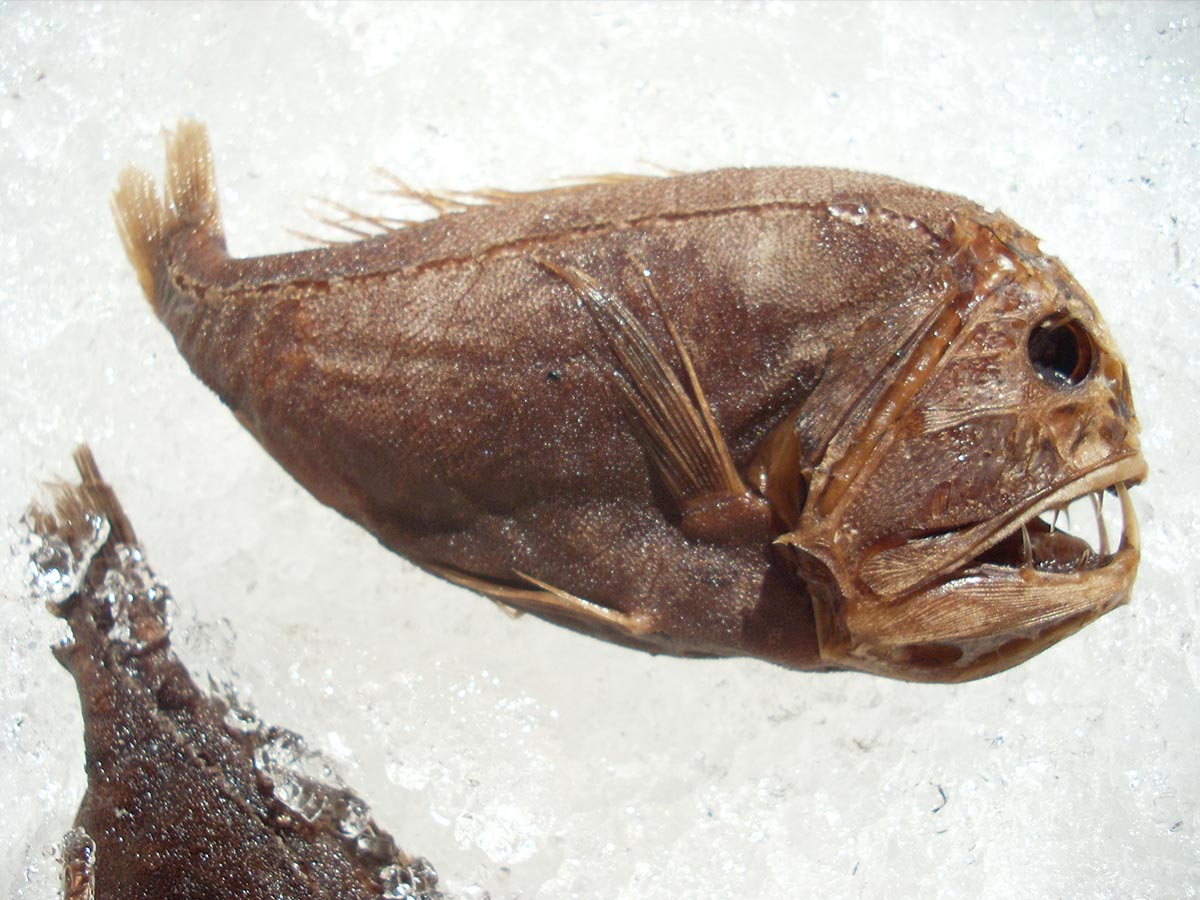
The fangtooth fish has the largest teeth of any fish in proportion to its body. Even though it is too small to do much harm to humans, it is still terrifying to see.
Luckily, these fish live in the deepest depths of the ocean, so one won't be latching onto your toes anytime soon.
Anglerfish
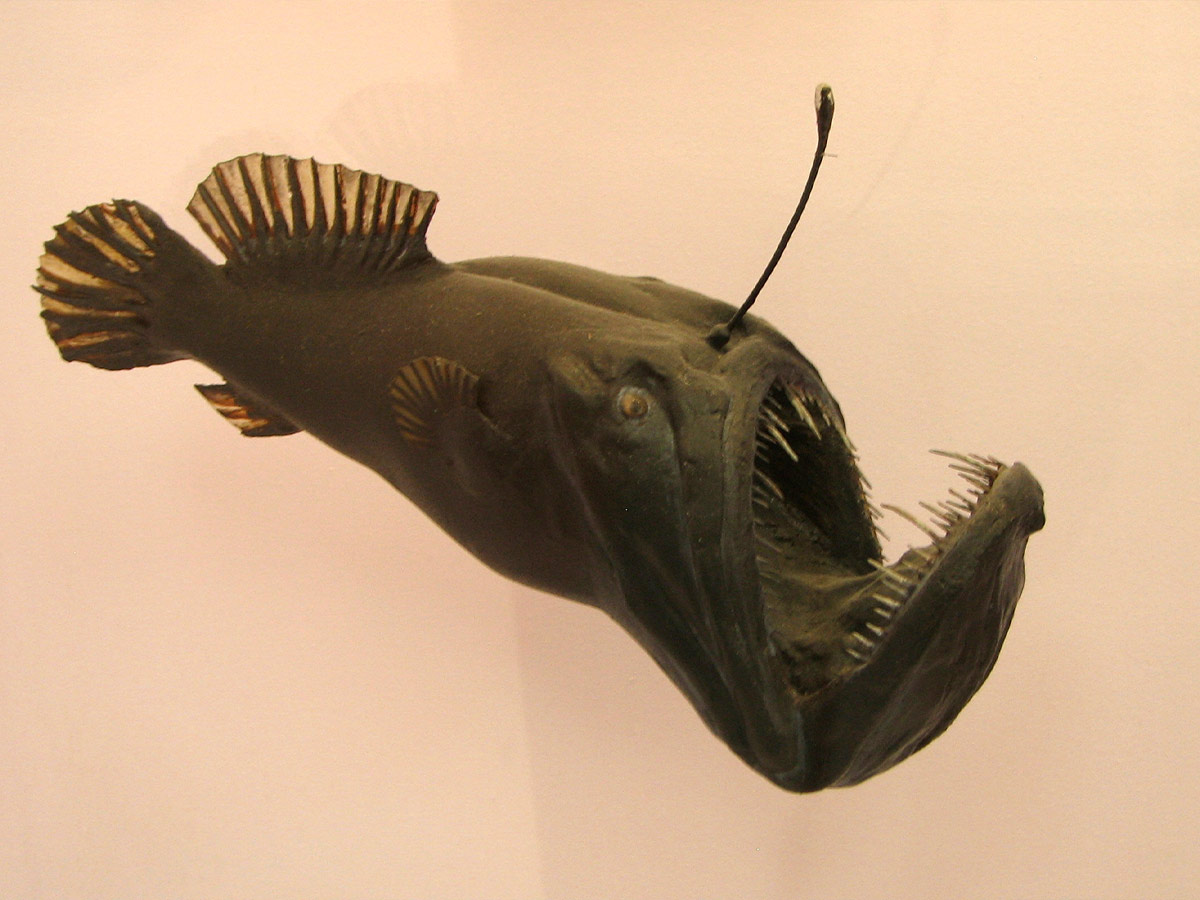
The anglerfish has a dangling light on its head that attracts prey. Only the females have a horrifying appearance, though, and the males don’t stay around very long.
During mating season, the male attaches itself to the female and then dissolves into her body, leaving nothing behind but its reproductive organs in order to get her pregnant.
Black Swallower
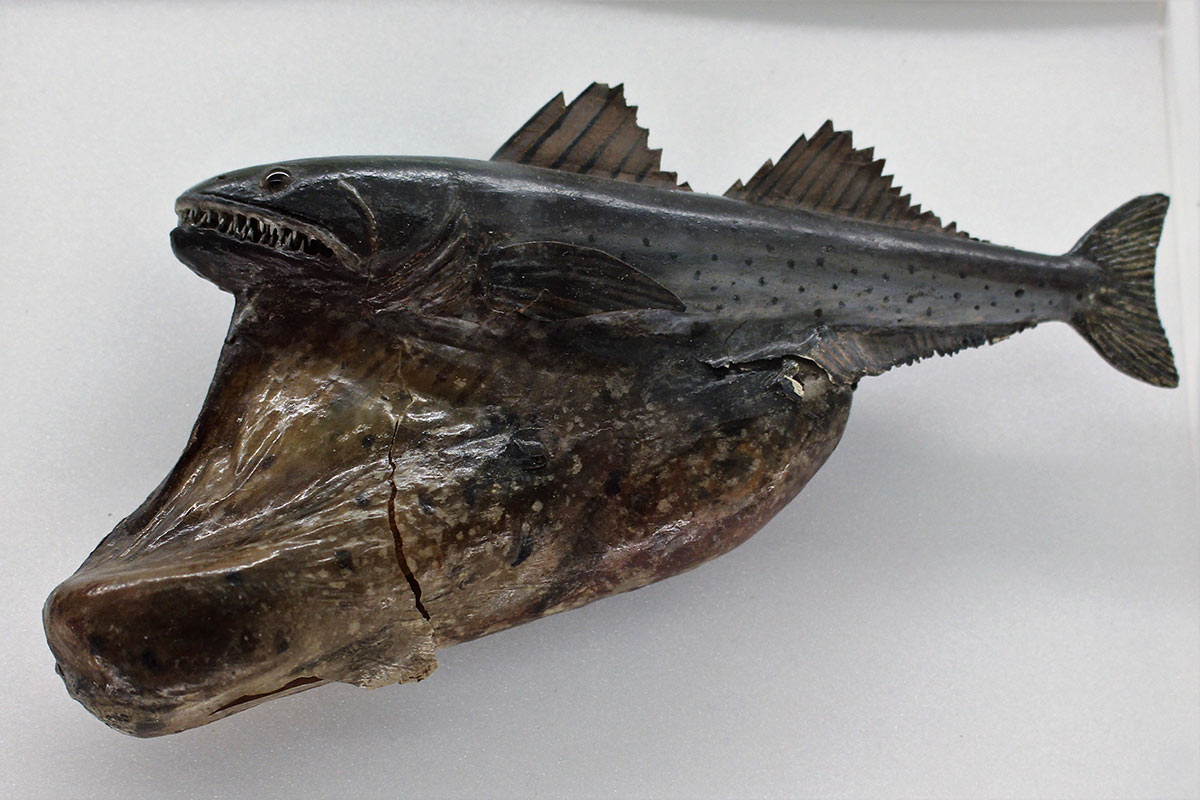
This freak of nature is able to engulf prey 10 times its own size. In fact, the fish it eats are so large that they take quite a while to decompose inside of the black swallower.
And let's not even get started on those big, lifeless eyes. This is the stuff of nightmares.
Dragonfish
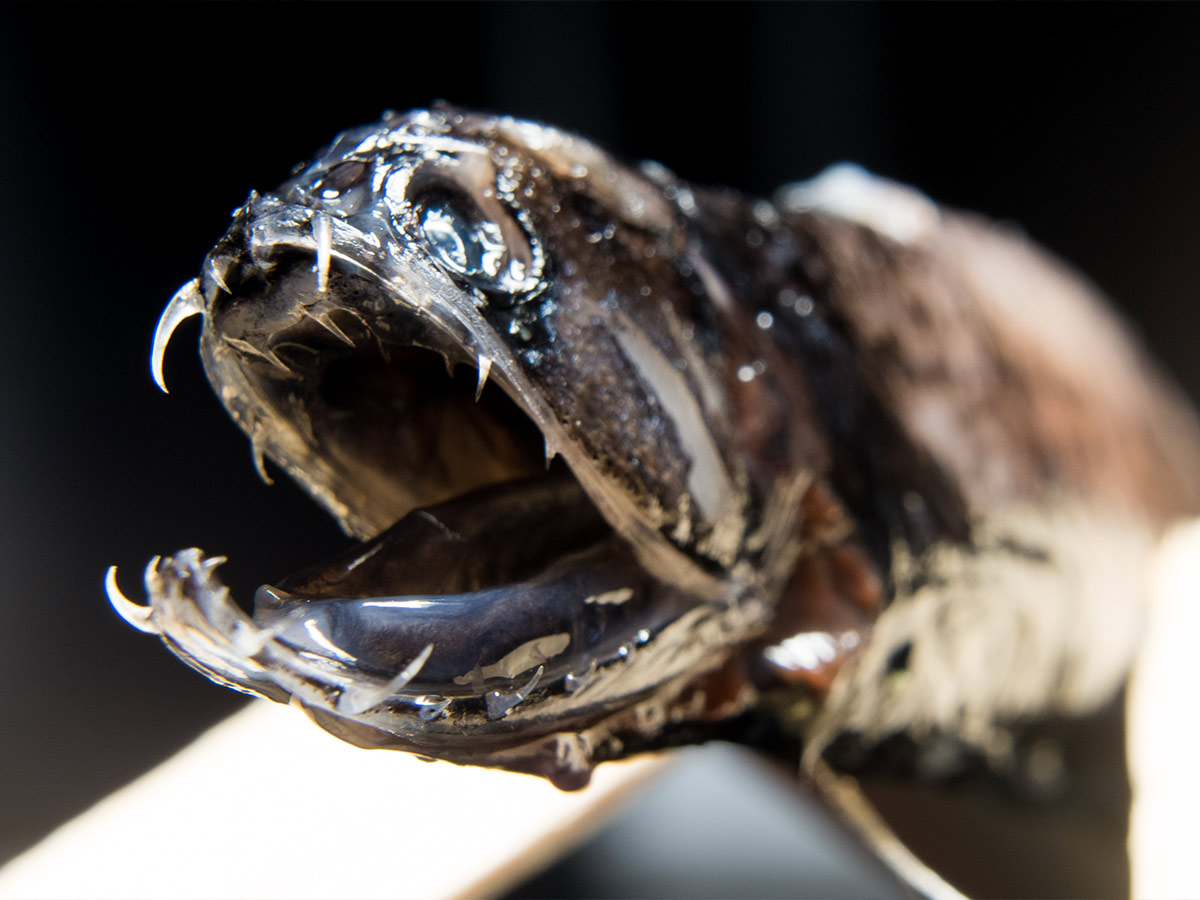
Yet another fish with terrifying teeth, the Dragonfish lives 1500 to 5000 meters below the water’s surface.
Uniquely, this deep sea fish produces two different colors of light: red and blue.
Big Red Jellyfish
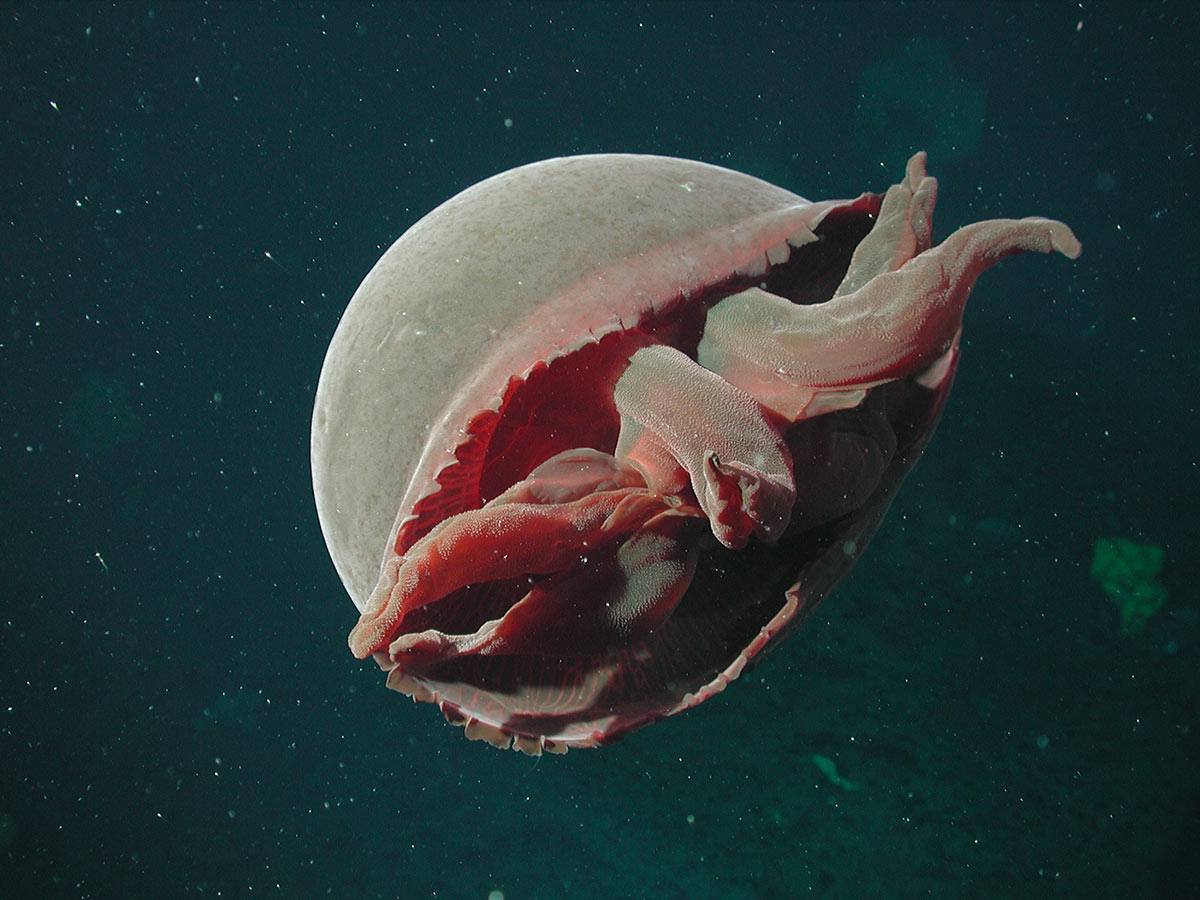
Discovered fairly recently (2003), this jellyfish is one of the largest of its kind and has been found along the California coast.
This one hits a little too close to home for me.
Giant Squid

While almost everyone knows of this massive sea creature, it is too terrifying not to mention.
You won’t run into this squid during everyday ocean activites, but the rare video footage is terrifying enough for a lifetime.
Snaggletooth
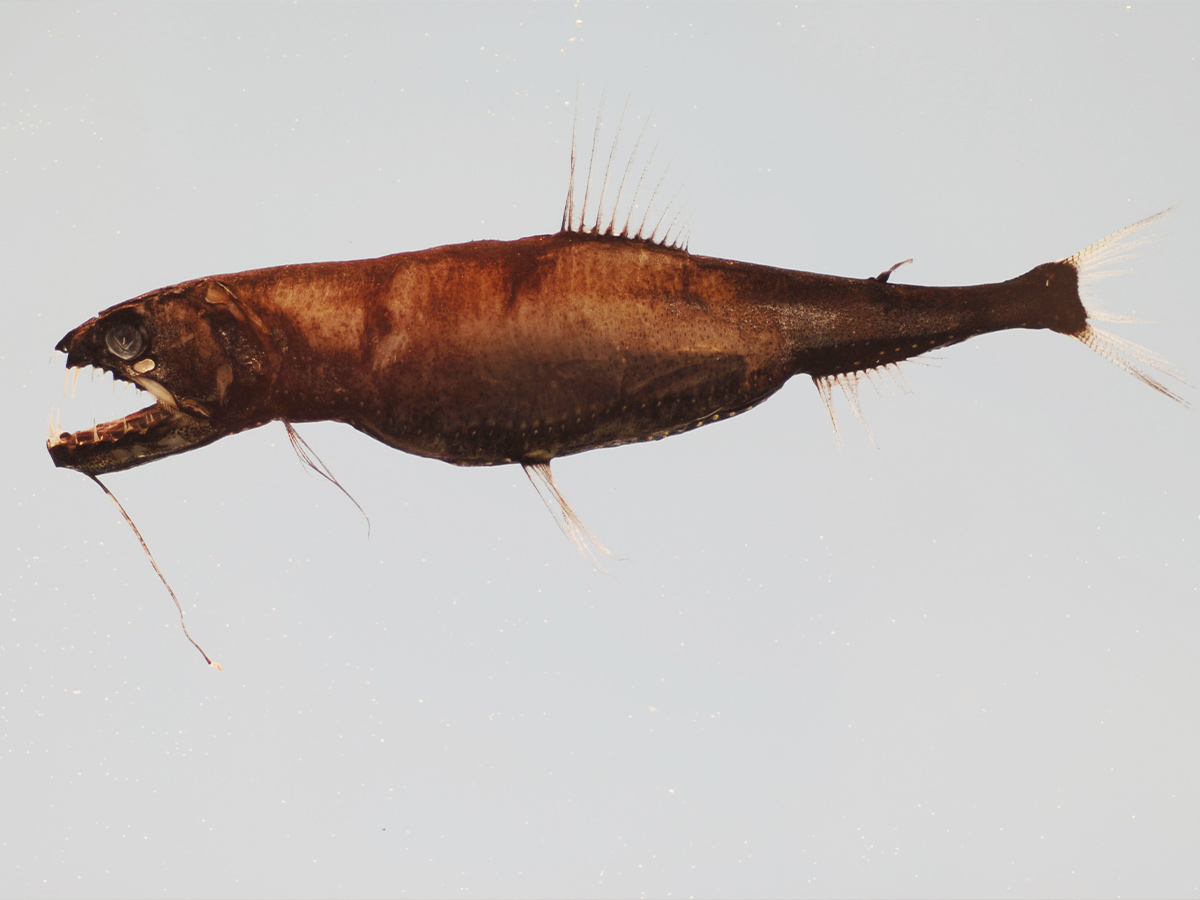
Also known as Stareaters, this category of fish use light to attract prey before striking it.
While the dark part of the ocean may be scary, I’m starting to think that light in the ocean is what we should really fear.
Coffinfish
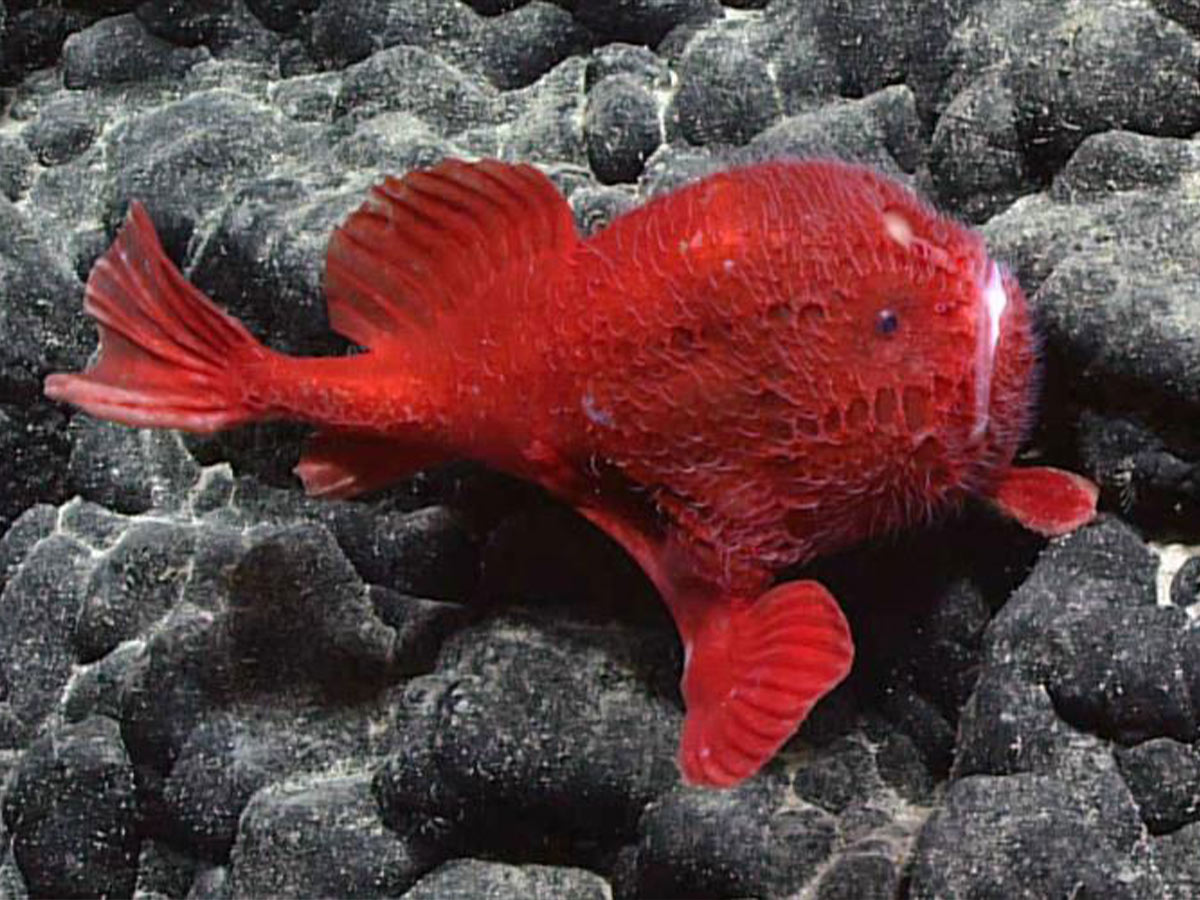
Despite the name, some color varieties of this fish are actually cute.
While they don’t pose a predatory threat, their spikey skin cannot be fun to step on.
Blue-Ringed Octopus
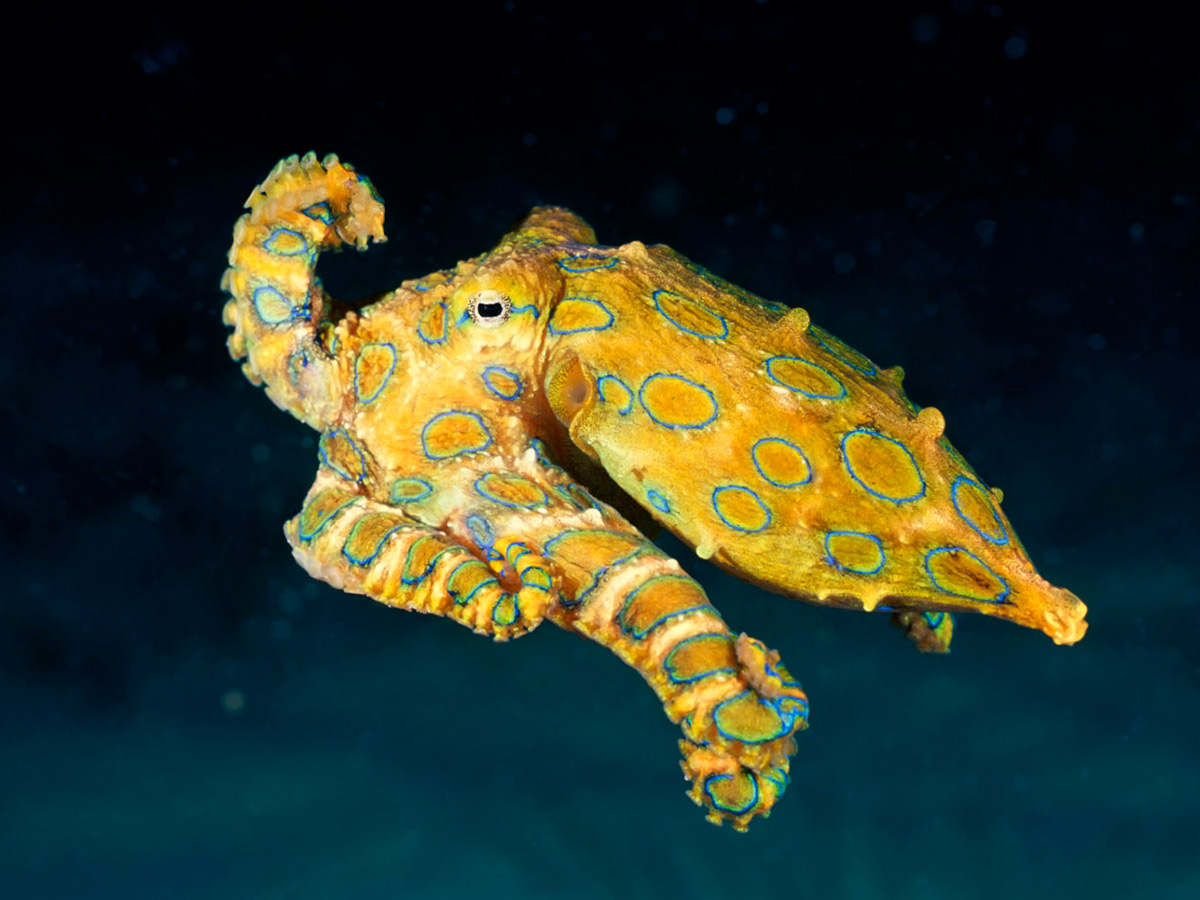
Easy to spot due to its bright blue spots, this octopus is likely to show up in a coral reef near you.
If you’re near one and its color begins to darken, swim far away. The color change is a sign that the creature is agitated.
Chimaera
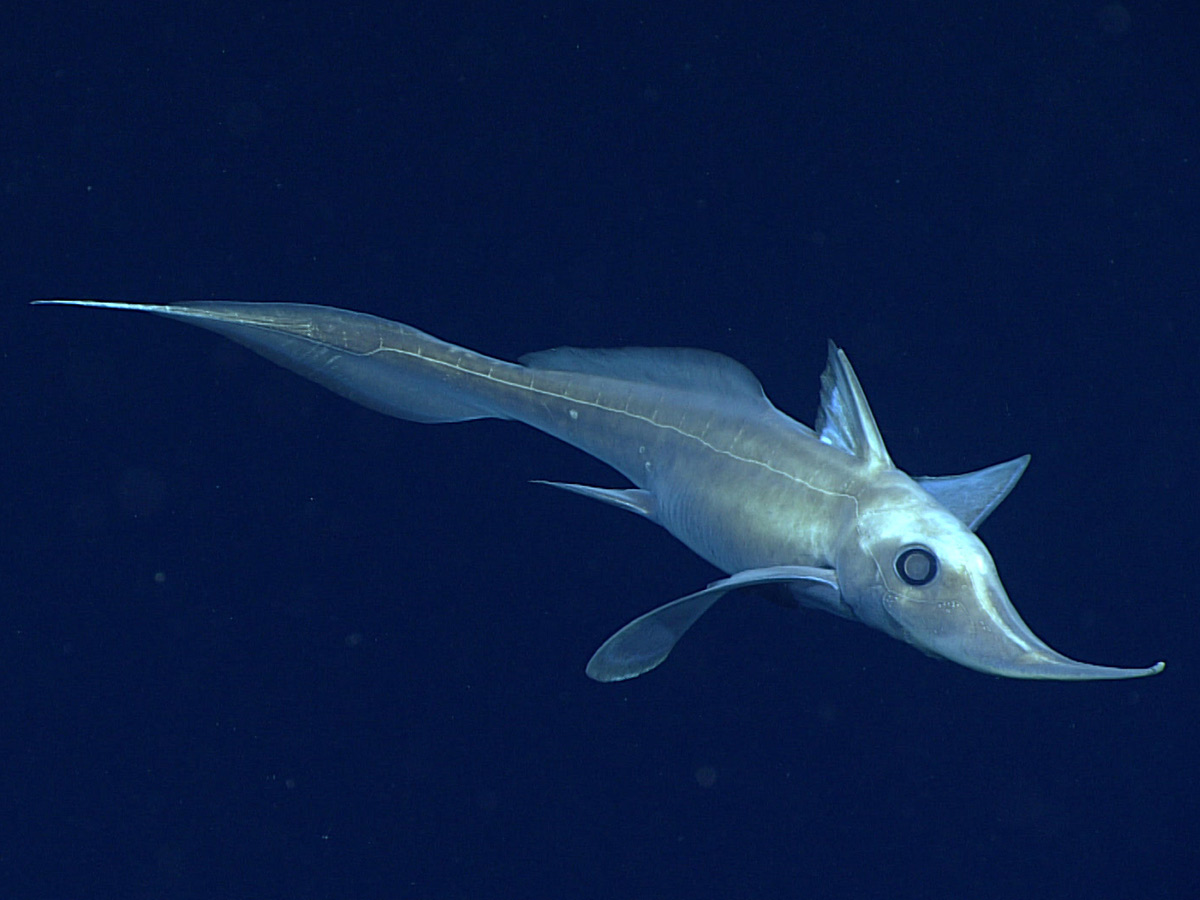
This skeleton-like fish is known informally as a ghost shark.
They are an isolated species whose closest relatives are indeed sharks.
Viperfish
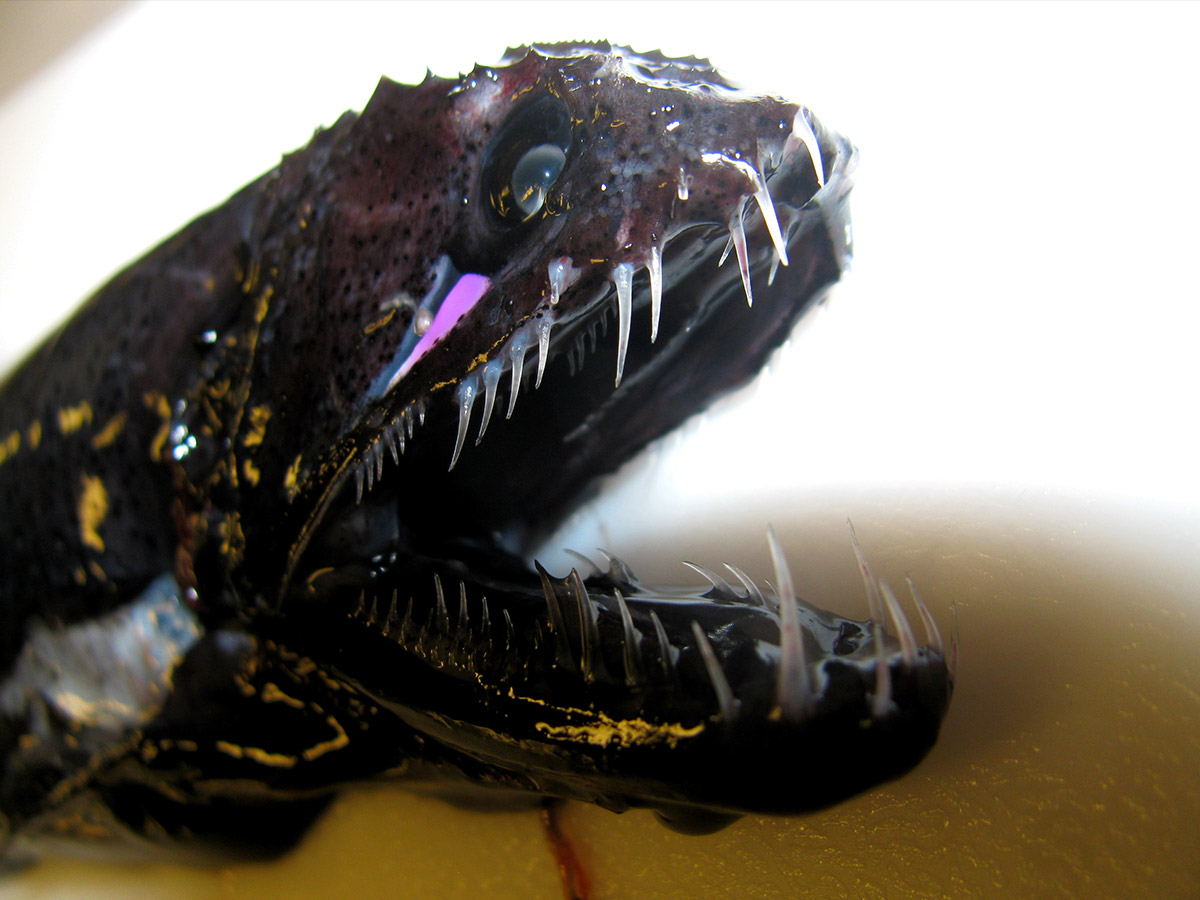
Viperfish is actually an umbrella term for a whole species of fish, Chauliodus.
The group is characterized by an eel-like body with sharp teeth that resemble needles.
Sarcastic Fringehead

This fish is quite ugly to look at, but it does appear to be harmless at first.
When it opens its wide, colourful jaws, however, fear is struck into even the strongest of hearts.
Sea Lamprey
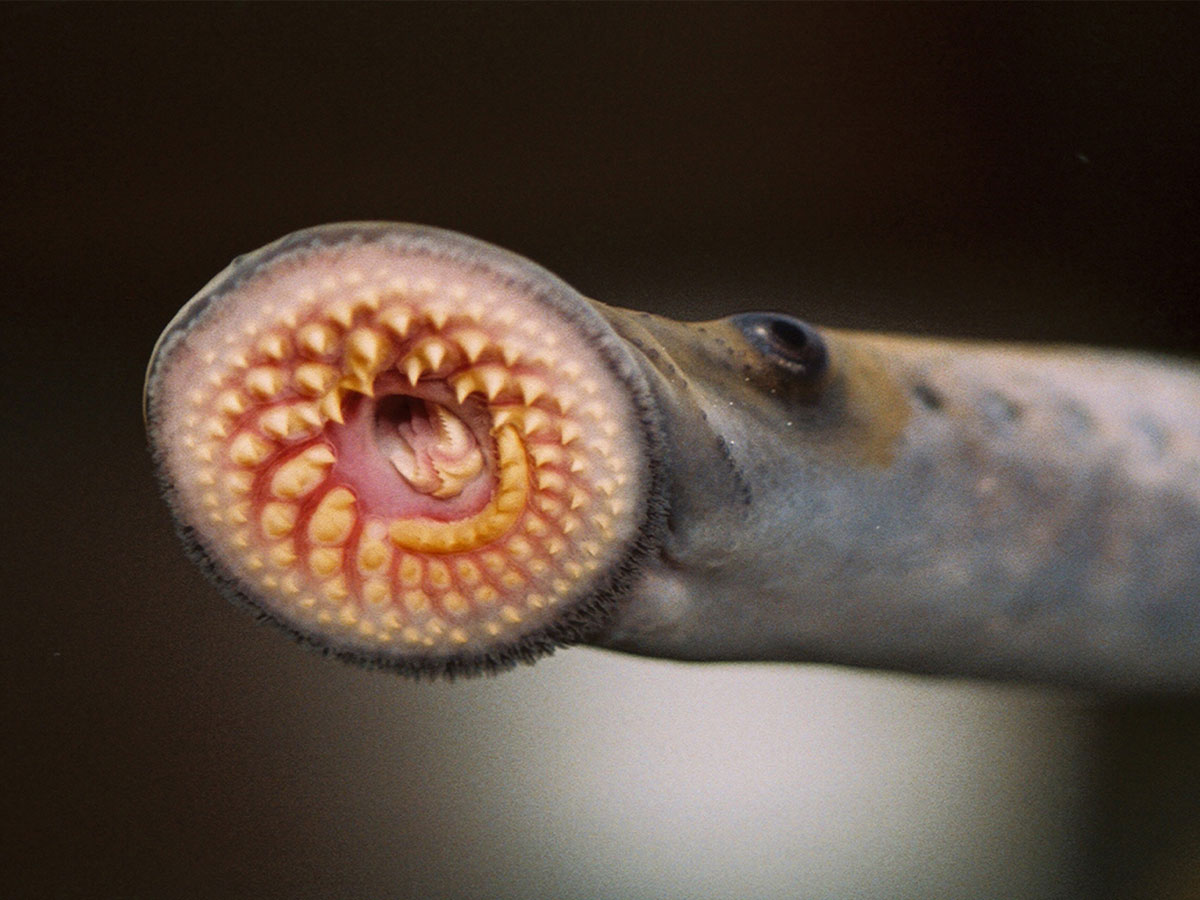
While all eels make many of us squeamish, this one is on a level all its own.
If you ever see this eel open its mouth in person, I don’t think you’ll be able to ever step in an ocean again.
 Author
Maureen Wiley
Last Updated: September 17, 2025
Author
Maureen Wiley
Last Updated: September 17, 2025